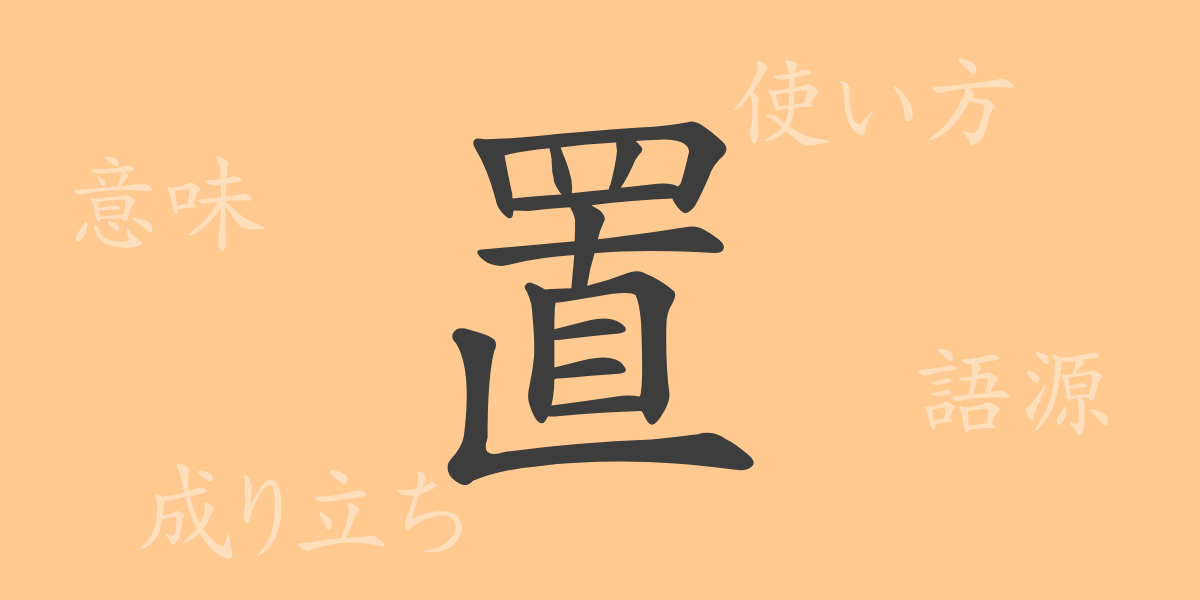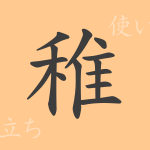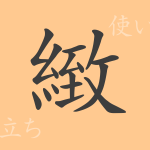The richness of the Japanese language is exemplified by the common kanji “置(おき),” which we often use unconsciously in our daily lives. What background does this character have? This article explores the origins, meanings, and usages of “置(おき),” as well as its readings and the idioms and proverbs that reflect the Japanese psyche. While considering SEO, we delve into the significance and applications of this single character.
Origins of “置(おき)”
The kanji “置(おき)” dates back to ancient China. Originally combining “网” (meaning net) and “直” (meaning to correct), which later transformed into “至,” it initially signified “spreading a net to capture something.” This evolved to mean “to set something in a specific place.” Over time, it has come to encompass not just the physical act of placing but also abstract implications, used in various contexts in modern Japanese.
Meanings and Usages of “置(おき)”
The kanji “置(おき)” fundamentally means “to put something in a place.” However, its usage varies by context; for example, “置き忘れる” means to forget something somewhere, “置き場” refers to a place where things are put, and “心に置く” means to keep something in mind. Additionally, “置く” can denote a transition in actions, such as in “その話は置いておきましょう” (Let’s put that matter aside), used to change the topic.
Readings, Stroke Count, and Radical of “置(おき)”
The kanji “置(おき)” encompasses several fundamental aspects that are essential to learn in Japanese.
- Readings: On’yomi (音読み) is “チ(チ),” and Kun’yomi (訓読み) is “お.く(おく).”
- Stroke count: “置(おき)” has a total of 13 strokes.
- Radical: The radical is 罒(あみがしら).
Idioms, Proverbs, and Expressions Using “置(おき)”
Idioms and expressions including “置(おき)” are frequently used in Japanese. For example, “置き去りにする” means to leave something or someone behind, “置換える” indicates exchanging one thing for another, and “自己置換” means to see oneself objectively. “置物” refers to an object placed as a decoration, reflecting traditional Japanese aesthetics.
Summary of “置(おき)”
The common kanji “置(おき)” holds a richness of meaning and usage beyond its simple form. From physically placing items to expressing psychological states, “置(おき)” is used in a wide array of expressions, broadening the scope of expression in Japanese. Through this article, we hope to deepen your understanding of “置(おき)” and encourage a richer use of Japanese expressions.

























